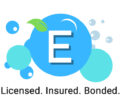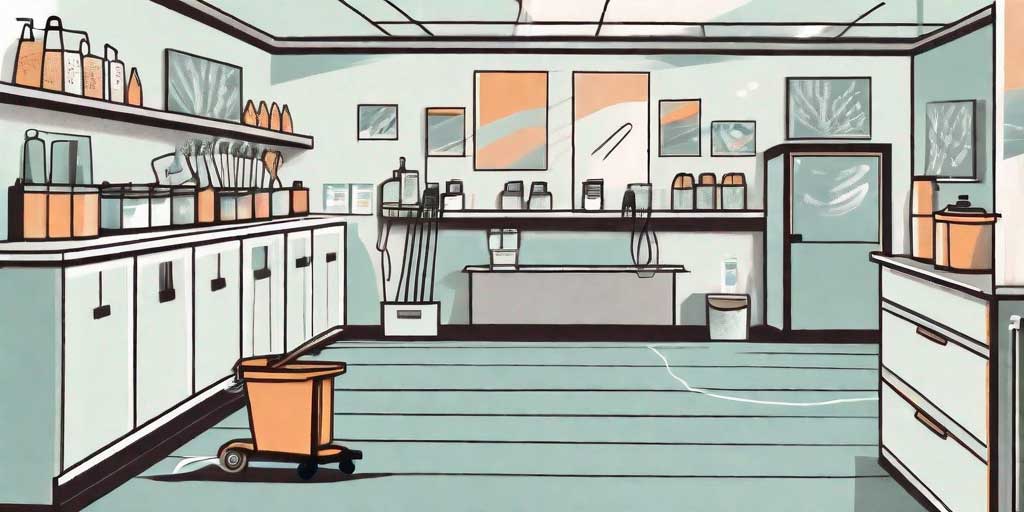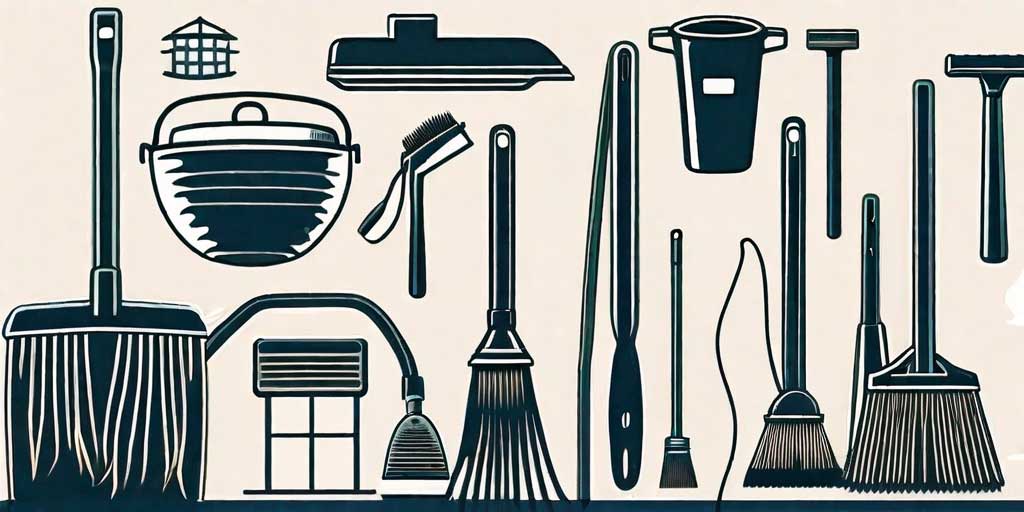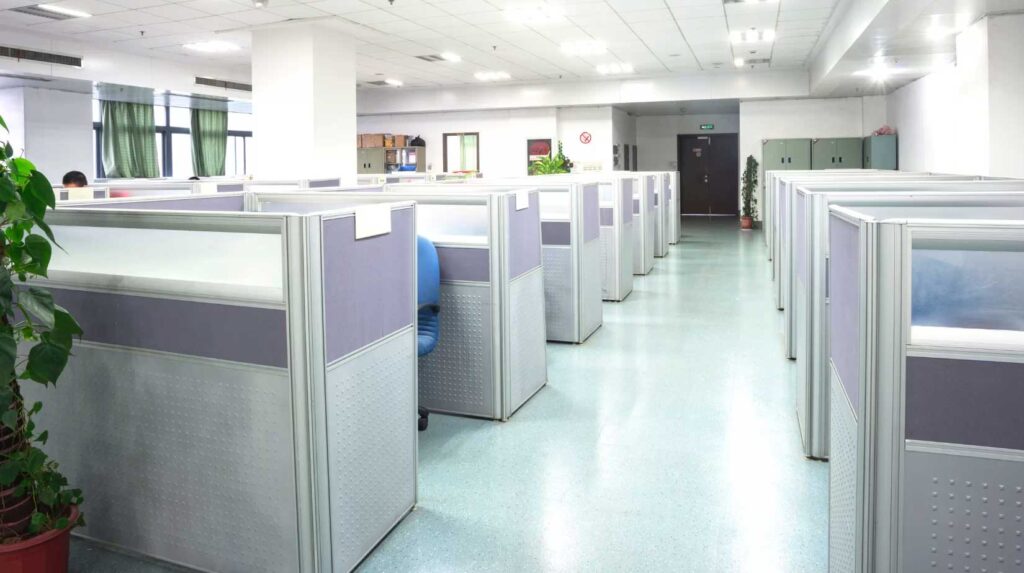Clinics play a crucial role in maintaining the health and well-being of individuals. They provide medical care, diagnosis, and treatment to patients of all ages. With the ongoing pandemic, the need for cleanliness and safety in clinics has become more important than ever before. In this ultimate guide, we will explore the essential aspects of clinic janitorial services in Monterey and how they ensure cleanliness and safety for both patients and staff.
What to Look for When Hiring a Clinic Janitorial Service
When it comes to choosing a clinic janitorial service, there are several factors to consider. Firstly, you must ensure that the service provider has experience in cleaning healthcare facilities. Medical environments have unique cleaning requirements, and it is crucial to hire professionals who understand these specific needs.
Healthcare facilities, such as clinics, require a higher level of cleanliness compared to other commercial spaces. The presence of patients with weakened immune systems, the potential for infectious diseases, and the need to maintain a sterile environment all contribute to the importance of finding a janitorial service that specializes in healthcare cleaning. These professionals are well-versed in the specific protocols and guidelines necessary to ensure a safe and hygienic environment for both patients and staff.
Secondly, consider the qualifications and training of the cleaning staff. Janitors should have a thorough understanding of infection control practices, proper handling of hazardous materials, and the use of appropriate cleaning agents. Look for certifications and accreditations that demonstrate the service provider’s commitment to high standards of cleanliness and safety.
When it comes to healthcare cleaning, knowledge and expertise are paramount. The cleaning staff should be trained in infection control measures, including the proper use of personal protective equipment (PPE), such as gloves and masks. They should also be well-versed in the safe handling and disposal of biohazardous waste, ensuring that potentially harmful materials are properly contained and disposed of according to industry regulations.
The use of appropriate cleaning agents is crucial in a healthcare setting. The janitorial service should have a deep understanding of which cleaning products are effective against specific pathogens while being safe for use in a medical environment. This knowledge ensures that the cleaning process not only removes visible dirt and grime but also eliminates harmful bacteria and viruses, reducing the risk of healthcare-associated infections.
Lastly, evaluate the cleaning techniques and equipment used by the janitorial service. Advanced cleaning technologies such as electrostatic sprayers and UV disinfection systems can significantly enhance the effectiveness of cleaning and reduce the risk of contagion. Ensure that the service provider is equipped with modern tools and methods that align with industry best practices.
Technological advancements have revolutionized the field of janitorial services, particularly in healthcare settings. Electrostatic sprayers, for example, use an electric charge to disperse cleaning solutions in a fine mist, allowing for better coverage and adherence to surfaces. This method ensures that even hard-to-reach areas are thoroughly cleaned and disinfected.
UV disinfection systems, on the other hand, utilize ultraviolet light to kill bacteria, viruses, and other pathogens. These systems are highly effective in eliminating harmful microorganisms from surfaces, equipment, and even the air. By incorporating such advanced cleaning technologies, a clinic janitorial service can provide an extra layer of protection against infectious diseases, giving patients and staff peace of mind.
In conclusion, when hiring a clinic janitorial service, it is essential to consider their experience in cleaning healthcare facilities, the qualifications and training of their staff, and the cleaning techniques and equipment they utilize. By selecting a service provider that specializes in healthcare cleaning, you can ensure that your clinic maintains a safe and hygienic environment for everyone who enters its doors.
Establishing an Effective Cleaning Routine
An effective cleaning routine is the foundation of maintaining cleanliness in clinics. It involves a systematic approach that addresses all areas and surfaces to minimize the spread of germs and infections. By following a well-planned cleaning routine, healthcare facilities can create a safe and hygienic environment for both patients and staff. Here are the key steps to establish an effective cleaning routine:
- Develop a comprehensive cleaning checklist: Creating a detailed checklist is essential to ensure that no area is overlooked during the cleaning process. The checklist should specify the areas to clean, the frequency of cleaning, and the cleaning methods to be used. This will help the cleaning staff stay organized and ensure that all necessary tasks are completed.
- Assign responsibilities: Clearly defining the roles and responsibilities of the cleaning staff is crucial for maintaining efficiency. Each staff member should be assigned specific tasks and areas to clean, ensuring that all areas are covered and no task is left unattended. This division of responsibilities will help streamline the cleaning process and ensure that all tasks are completed in a timely manner.
- Adhere to a regular schedule: Consistency is key when it comes to maintaining cleanliness. Setting specific cleaning schedules is essential to ensure that all areas are cleaned regularly and consistently. This will prevent the buildup of dirt, dust, and germs, reducing the risk of infections and creating a healthier environment for everyone.
- Use appropriate cleaning agents: Selecting the right cleaning agents is crucial for effective cleaning. Healthcare facilities should choose cleaning agents that are safe, effective, and approved for use in healthcare settings. These agents should be capable of killing a wide range of pathogens, including bacteria, viruses, and fungi. Using appropriate cleaning agents will help ensure that surfaces are thoroughly cleaned and disinfected, reducing the risk of infections.
- Pay attention to high-touch surfaces: High-touch surfaces are areas that are frequently touched by multiple individuals throughout the day. These surfaces, such as doorknobs, light switches, and countertops, can harbor a high concentration of germs and bacteria. Therefore, it is important to pay special attention to these areas during the cleaning process. Regularly disinfecting high-touch surfaces will help minimize the spread of germs and reduce the risk of infections.
- Implement proper waste management: Proper waste management is essential for maintaining cleanliness and preventing cross-contamination. Healthcare facilities should follow strict procedures for disposing of medical waste, including sharps, contaminated materials, and biohazardous waste. Adhering to proper waste management protocols will help protect both patients and staff from potential health risks.
By following these key steps, healthcare facilities can establish an effective cleaning routine that promotes cleanliness and reduces the risk of infections. A clean and hygienic environment is crucial for providing quality healthcare and ensuring the well-being of patients and staff.
Implementing Best Practices for Disinfecting Surfaces
Disinfecting surfaces is a critical step in preventing the spread of infections in clinics. It involves the elimination of disease-causing microorganisms on various surfaces. Here are some best practices for effective surface disinfection:
- Use EPA-approved disinfectants: Choose disinfectants that are registered with the Environmental Protection Agency (EPA) and have demonstrated efficacy against the target pathogens.
- Follow contact time recommendations: Allow the disinfectant to remain on the surface for the recommended contact time to ensure maximum effectiveness.
- Pay attention to high-risk areas: Focus on areas where pathogens are more likely to be present, such as patient examination rooms, waiting areas, and restrooms.
- Train cleaning staff: Provide comprehensive training to janitors on proper disinfection techniques, including correct dilution ratios, application methods, and personal protective equipment (PPE) usage.
- Regularly evaluate and update protocols: Stay informed about the latest guidelines and recommendations for surface disinfection and adapt your protocols accordingly.
How to Create a Safe Environment for Patients and Staff
Creating a safe environment in clinics goes beyond cleanliness and extends to other aspects that contribute to overall safety. Here are some key considerations:
Ensuring Adequate Ventilation
Good indoor air quality is crucial in healthcare facilities. Proper ventilation helps reduce the concentration of airborne contaminants and ensures a fresh and comfortable environment for patients and staff.
Implementing Effective Waste Management
Proper waste management is essential for preventing the spread of infections and maintaining a safe environment. Establish protocols for segregating different types of waste and ensure their proper disposal in compliance with regulatory requirements.
Providing Personal Protective Equipment (PPE)
Equip healthcare workers with the necessary PPE to protect them from potential hazards. This includes gloves, masks, goggles, and other protective gear that may be required based on the tasks performed.
Regularly Conducting Staff Training
Continuous training and education of healthcare staff help reinforce safety practices and create a culture of cleanliness and infection prevention. Conduct regular training sessions on topics such as hand hygiene, proper waste handling, and the use of PPE.
Following Rules and Regulations for Janitorial Services
Lastly, it is essential to ensure compliance with all rules and regulations governing janitorial services in healthcare facilities. This includes adhering to Occupational Safety and Health Administration (OSHA) guidelines, local health department regulations, and any specific requirements imposed by the clinic itself.
Regular audits and inspections can help identify areas of improvement and ensure that all cleaning tasks are being performed in accordance with the applicable standards.
By following these guidelines and implementing effective clinic janitorial services, clinics in Monterey can achieve the highest standards of cleanliness and safety. Clean and safe environments not only promote better health outcomes but also instill confidence in patients and staff, making the overall healthcare experience more positive and reassuring.



